‘Art of the Islamic and Indian Worlds’, Christie’s London, 25 October
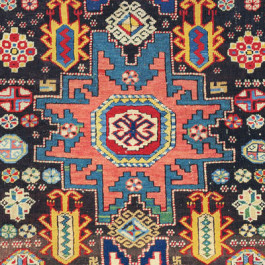
Sale highlights
13 images
Lots from Christie's ‘Art of the Islamic and Indian Worlds’ sale, including more than eighty rugs and carpets, from most time periods and weaving cultures.
- Lot 301, A Bijar carpet, west Persia, circa 1880
- Lot 302, The Cambalios animal and blossom carpet, Azerbaijan, late 18th century
- Lot 306, A ‘Star’ Ushak carpet, west Anatolia, Late 16th century
- Lot 307, A ‘Lotto’ rug, probably Ushak, west Anatolia, early 17th century
- Lot 322, A silk Tabriz carpet, north west Persia, circa 1890
- Lot 336, A Heriz carpet, north west Persia, circa 1890
- Lot 354, A ‘Lotto’ rug, Probably Ushak, west Anatolia, First half 17th century
- Lot 355, The Heinrich Jacoby Petag Tarbriz carpet, north west Persia, circa 1920
- Lot 359, A highly unusual silk and metal-thread Koum Kapi rug
- Lot 365, A Seychour long rug, north east Caucasus, dated AH 1289/1873 AD
- Lot 308, A Lesghi rug, Kuba Region, east Caucasus, circa 1870
- Lot 323, A silk Heriz rug, north west Persia, circa 1880
- Lot 353, A part-cotton ‘Lotto’ rug, probably Ushak, west Anatolia, 17th century
At Christie’s in London on 25 October, over and above the featured group of 17 Tarim Basin rugs from the König collection (previewed in HALI 197, pp.98-99), the all-encompassing ‘Art of the Islamic and Indian Worlds’ sale includes more than eighty other rugs and carpets, from most time periods and weaving cultures. The following is an extract of the sale preview by Daniel Shaffer in HALI 197.
A grand late 19th-century carpet from the Bijar region with the Garrus arabesque design is estimated at £25-35,000 (lot 301). It is immediately followed by one of the highlights of the sale, the Cambalios 18th-century blue ground animal and blossom carpet (lot 302), latterly from a Connecticut collection, of which Robert Pinner and Michael Franses wrote in the second issue of HALI in Summer 1978, ‘The structure…and the handle, soft and floppy compared with the harder and denser Karabagh texture, indicate that this rug belongs to the family of carpets made in northwest Iran and usually attributed to Kurdish weavers.’ Now estimated at £16-20,000, the last time it appeared at auction, also at Christie’s, London in October 2007, it made $40,365, although Sterling was very much stronger then (HALI 154, p.151).
From the same source comes a large 16th-century Star Ushak carpet (lot 306), missing both end borders, formerly in the Chris Alexander collection, which sold at Christie’s, New York in April 1999 for $34,500, having previously been bought-in against higher expectations (HALI 105, p.139). This time it is in at £20-30,000. The same collector also has two small 17th-century ‘kilim’ style west Anatolian Lotto rugs, lots 353 and 354, estimated at £35-45,000 and £25-35,000 respectively. Both were acquired at Christie’s, London from a ‘European Noble Collection’ in October 1996 (HALI 90, p.120). Another Lotto, lot 307, £50-70,000, is a rapid return to the market for the carpet from the Mary Griggs Burke collection at the Minnesota Historical Society, sold at Hindman in Chicago in July 2017 for $50,000 (HALI 193, p.128).
Christies’ also has a notable group of ‘Petag’ Tabriz carpets from the inter-war years, with designs taken from the published classics, something of a house speciality, as well as parcel of Persian silk rugs from a private collection. To this add some thirty textiles, with Greek embroideries from the Hélène Stathatos collection, high-quality Ottoman çatma yastıks, and Ottoman embroideries, as well as Central Asian velvet and embroidered robes and suzanis.


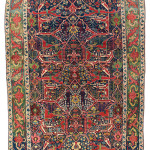
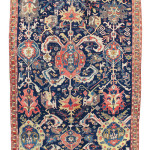
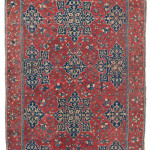
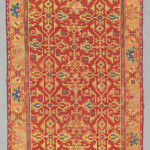
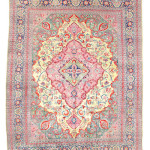
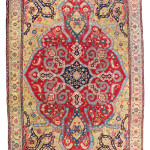
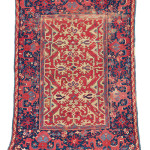
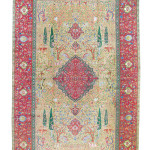
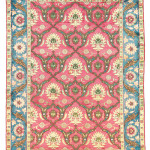
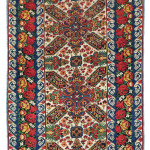
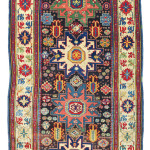
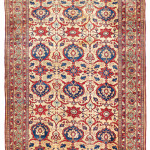
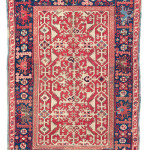
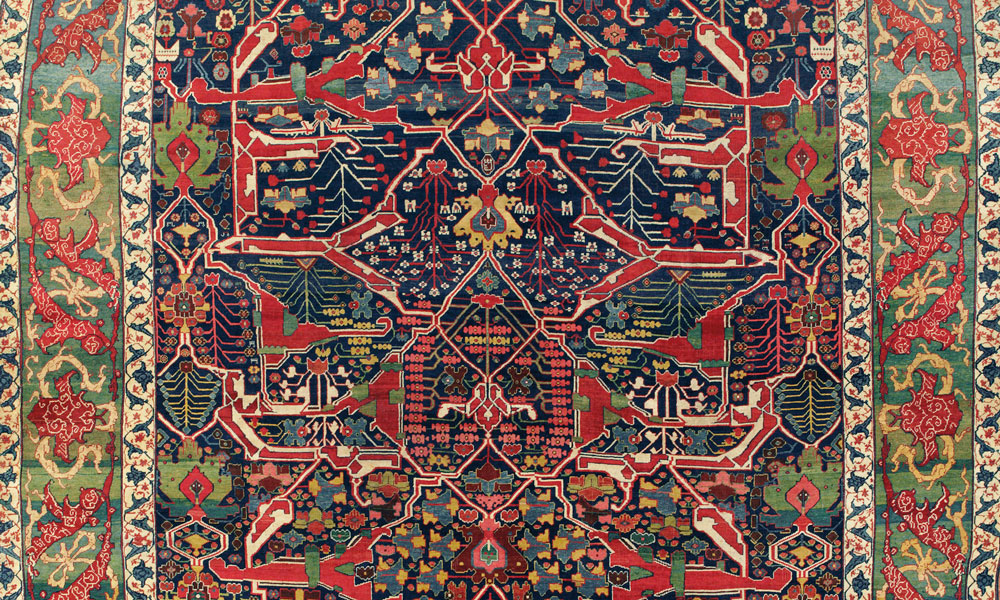
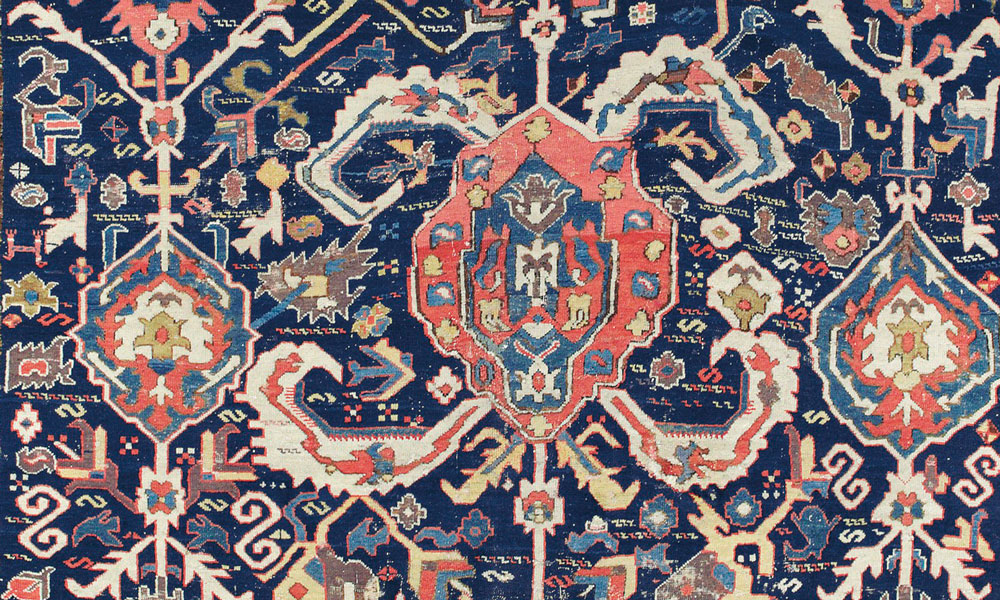
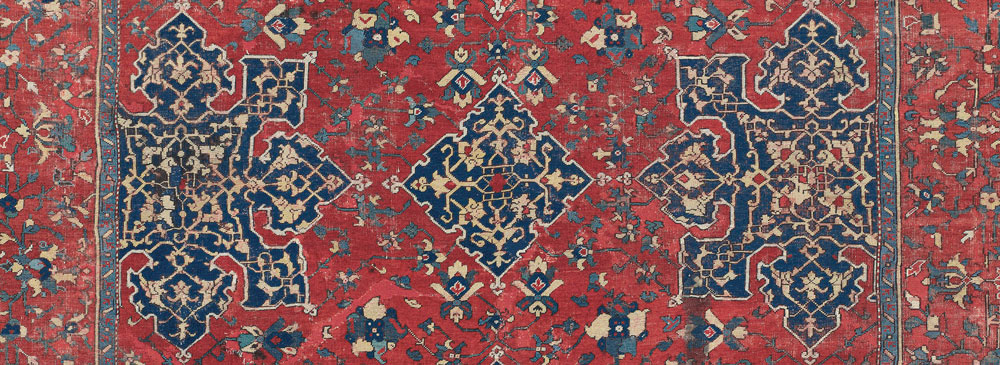











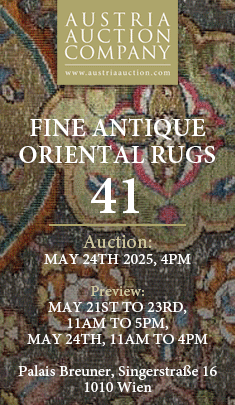

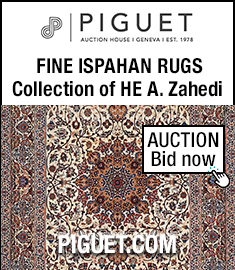
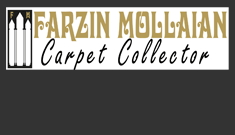
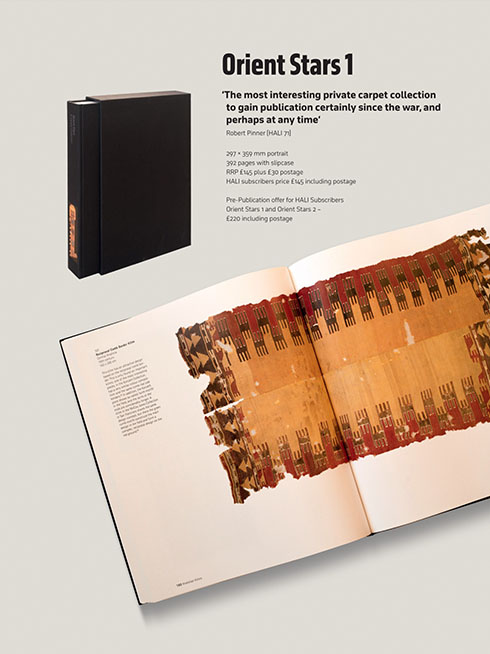
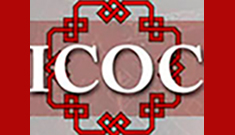


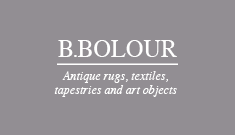
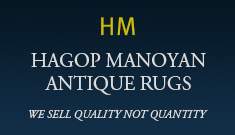
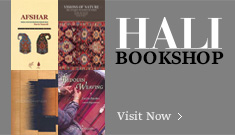
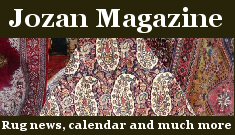
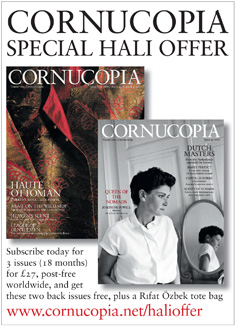

Comments [0] Sign in to comment